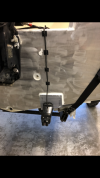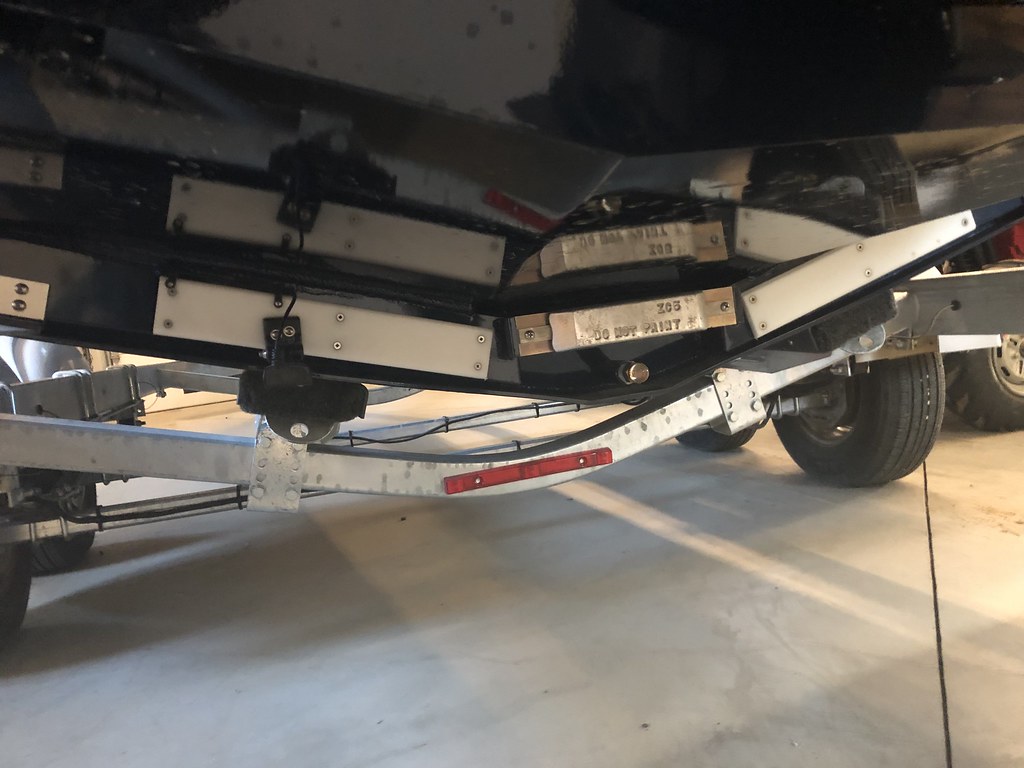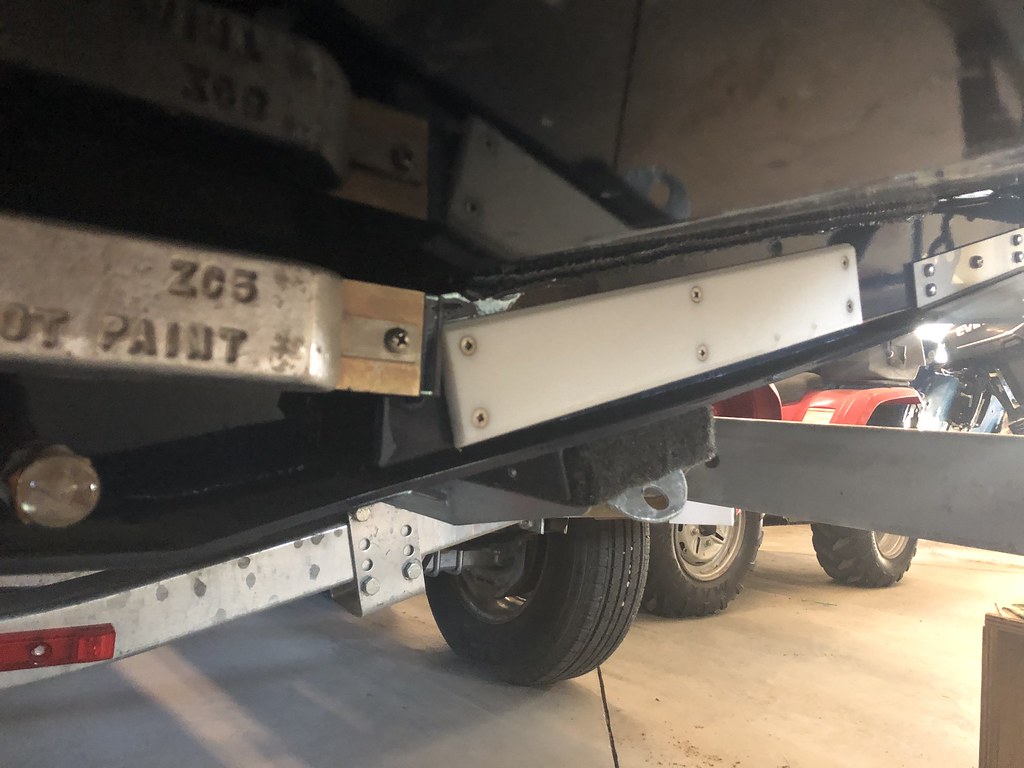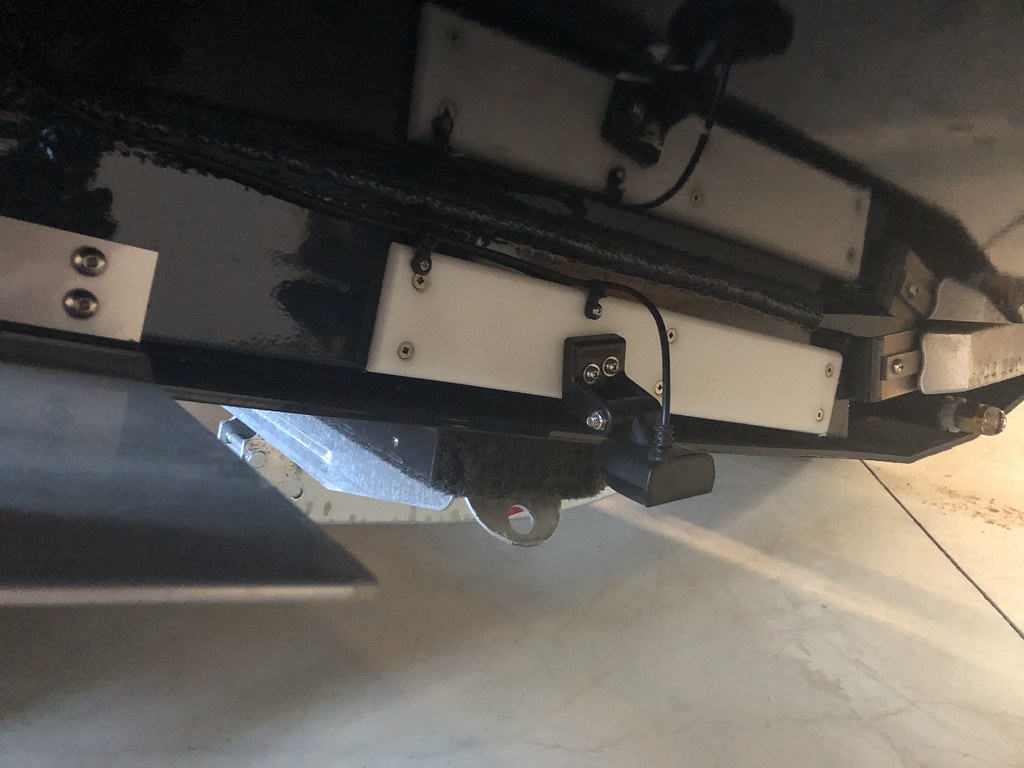It would appear that my thread has created a loctite vs 5200 battle. LOL
Based on this thread, and other research I have done, it would appear that either solution should work for me. Definitely leaning towards the 5200 - or both - though - see below as to why.
------------
As for this:
Yup, that was me.
I had finally found a solution that solved my spray problem. Can't recall if I updated that thread, but I used a small piece of a vinyl gutter, inside corner and cut it to the right shape.
I had placed this between the aluminum bracket on the boat and the transducer. Fixed the spray problem perfectly. BUT I think this was also partially (or fully) responsible for my screws backing off. I am thinking that my spray shield caused extra vibration helping to loosen things. In addition, I highly suspect that my taking the transducer off and on and off and on while I tried different spray solutions weakened the threads in the original holes.
I think my solution (for now at least) will be to craft another spray shield like before (previous one is now somewhere at Grants Reef). I will 5200 it to the mounting bracket, then screw the 'ducer through that. Once I have it aligned perfectly again, I will 5200 that as well.
All a big pain in the butt, but I guess that is what you get when you buy a boat!
If I didn't beach the boat often I would consider a thru hull installation - would solve both issues, BUT that brings its own can of worms.





